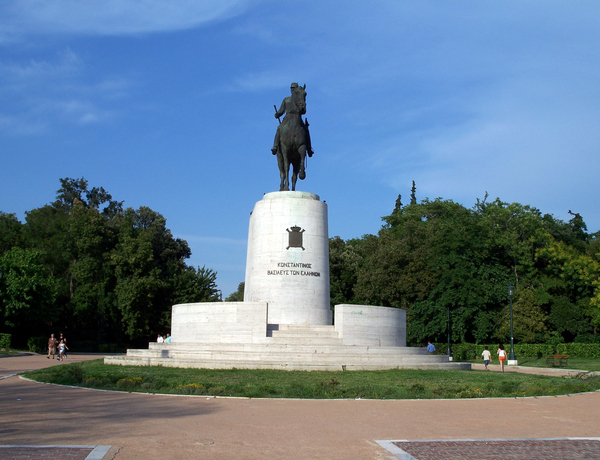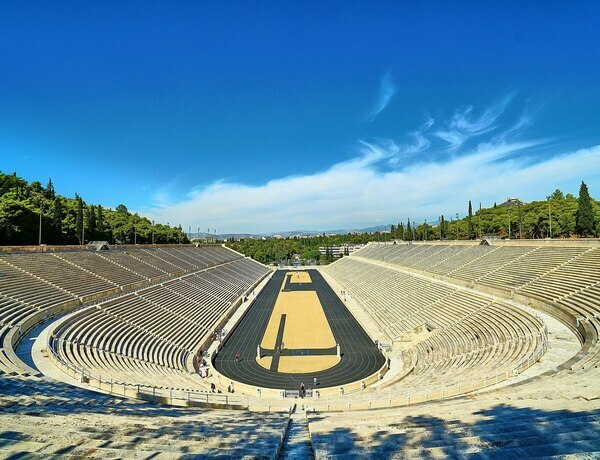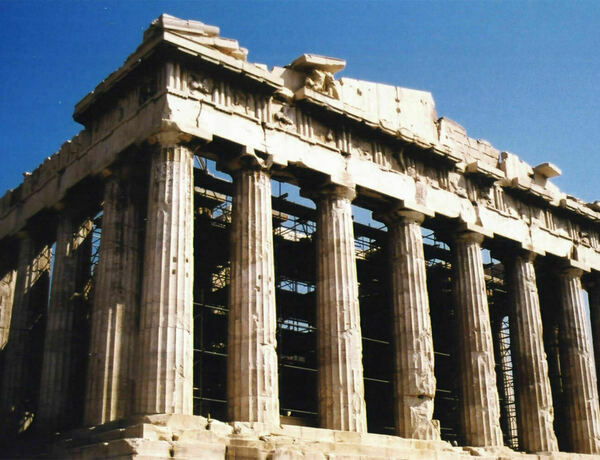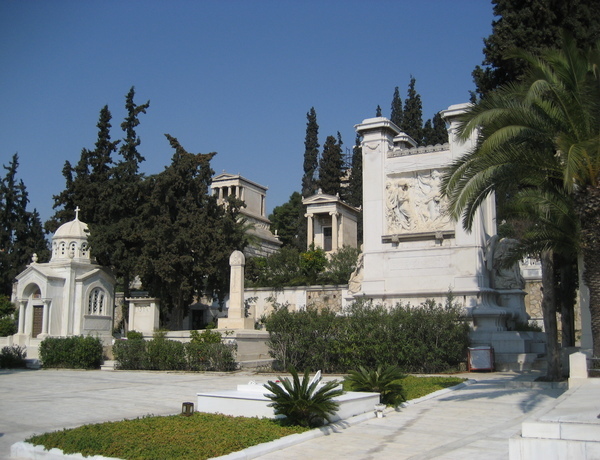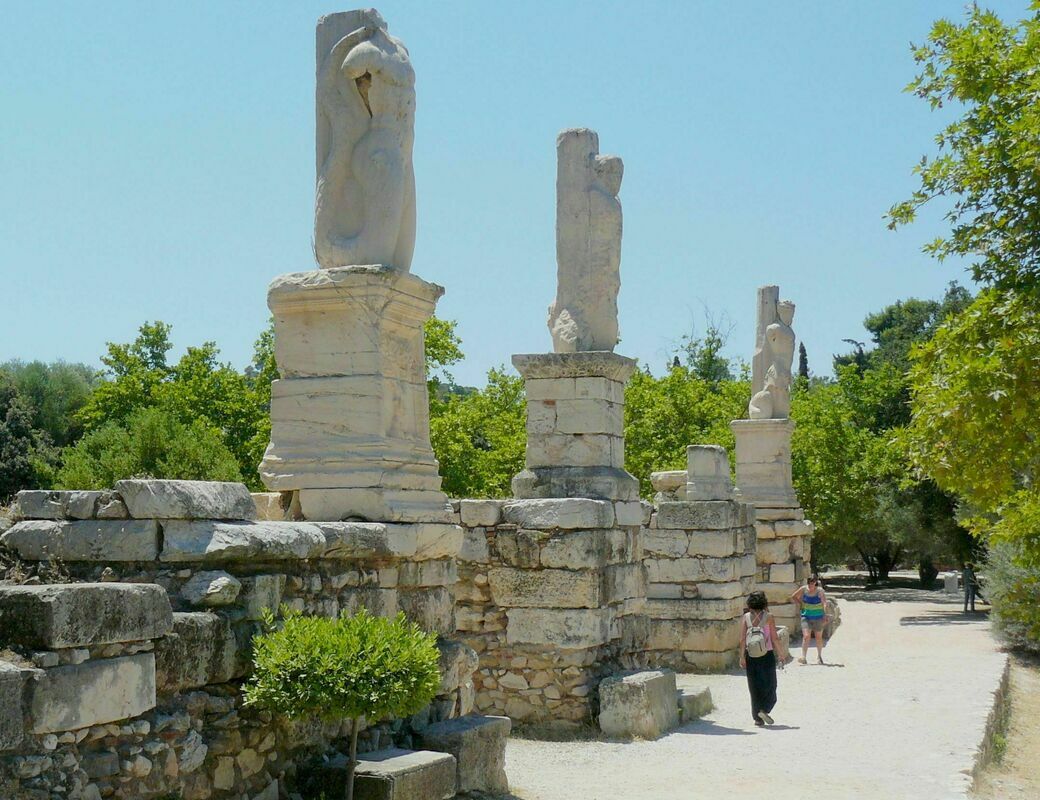
The Ancient Agora of Athens was the central public space in the city of Athens during the Classical period of ancient Greece. It served as a place for citizens to gather for political, commercial, and social activities.
The Agora was originally used as a marketplace, but over time it became a place for public gatherings, religious ceremonies, and political debates. It was also home to many important buildings and structures, such as the Stoa of Attalos, the Temple of Hephaestus, and the Bouleuterion (council chamber).
The Agora was the birthplace of democracy in Athens, as it was the site of the popular assemblies where citizens could voice their opinions and vote on important issues. It was also where famous philosophers, such as Socrates, Plato, and Aristotle, gave their lectures and debated with one another.
Today, the Ancient Agora of Athens is a popular tourist attraction and an important archaeological site. Visitors can see the ruins of the ancient buildings and structures, and learn about the history of ancient Athens and Greek democracy.
Website
odysseus.culture.gr
odysseus.culture.gr

